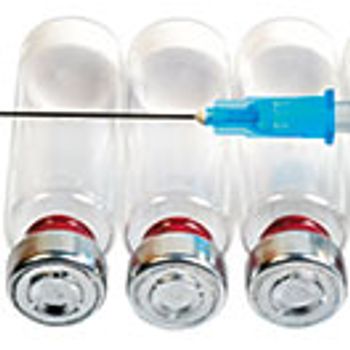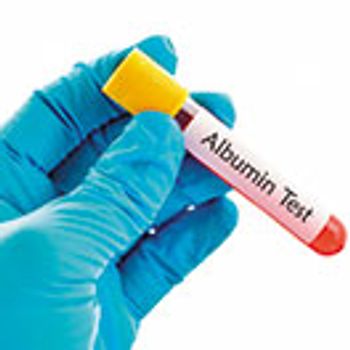
Automated robotic arms manipulate nested trays and containers inside closed aseptic filling systems.

Automated robotic arms manipulate nested trays and containers inside closed aseptic filling systems.

Materials in contact with a drug must be fully characterized to ensure they do not negatively affect the safety and efficacy of the product.

The company has run into a snag in producing Kymriah for the diffuse large B-cell lymphoma patient population, the second indication for which the therapy was recently approved by FDA.

The agency has issued a warning letter for cGMP violations at a drug manufacturing facility in Ahmedabad, India, that Baxter gained through its acquisition of Claris Injectables.

Traditional glass and polymeric materials compete for market share in primary packaging for parenteral drug products.

The new resin used a combination of “jetting” technology and a high-performance Protein A ligand.

Automated robotic arms manipulate nested trays and containers inside closed aseptic filling systems.

Quality by design highlights product and process understanding and control, integrating quality risk management, and is also considered a quality system for managing a product’s lifecycle.

The sterility test isolator (STISO) for testing aseptically filled drug products and for testing toxic aseptic drugs (STISOtox) from Metall+Plastic, a subsidiary of Optima, are modular and ergonomically designed.

Pharmaceutical machine concepts for large and small factories of the future need to be readily available, flexible when it comes to processing variation, and modular in design.

Naturally occurring and engineered albumins are being explored as a tool to enhance the stability of drugs, including biologics, and extend shelf-life.

The companies will partner to develop smart connected monitoring and support solutions for injectable drugs.

Determining the right process conditions for a freeze-drying cycle requires an understanding of the effect of each step on the drug product.

Airflow visualization studies, or smoke studies, confirm unidirectional airflow patterns in an aseptic processing facility.

INTERPHEX presents advances in pharmaceutical container filling, robotic handling, and serialization.

New filling and inspection machines and new containers and closures for injectable drugs will be on display at INTERPHEX 2018.

The companies have created Syna Therapeutics, a joint venture that will develop biosimilars and new molecules.

The active pharmaceutical ingredient and excipient provider has expanded its parenteral ingredient manufacturing capacity and lab services.

Revisions to chapters on glass containers and elastomeric closures were canceled following review of comments.

Under this agreement, the companies will develop in parallel an antibody drug candidate and cell lines for other potential candidates.

The company is voluntarily recalling three lots of Labetalol Hydrochloride Injection, USP, 100 mg/20 mL Vial and one lot of Labetalol Hydrochloride Injection, USP, Novaplus because of the potential of cracked glass at the rim of the vials.

FDA Commissioner Gottlieb expects that the saline and amino acid drug shortages from Puerto Rican manufacturing facilities will improve in the early part of 2018.

The development of new packaging solutions that are fit for drugs of the future requires close collaboration between the pharmaceutical manufacturer and its packaging suppliers and machine vendors.

Measurements by a drone-based online pressure monitoring system help identify weak points in the filling line, enabling the process to be optimized.

Glass and plastic are well established primary packaging materials for the pharmaceutical industry but they both have their advantages and disadvantages.